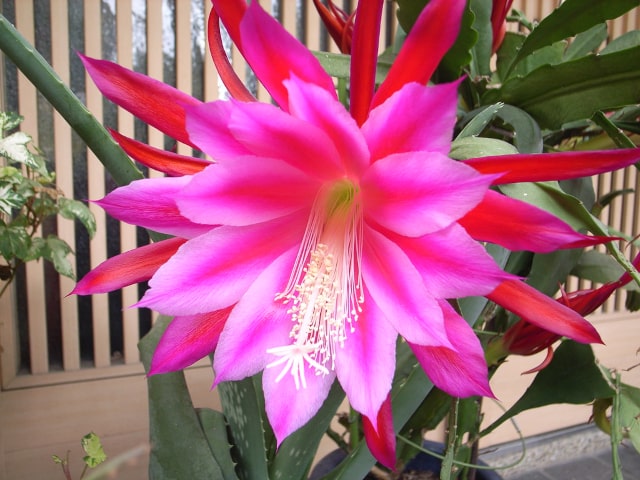
Epiphyllum, also known as Orchid cactus, is a gorgeous plant that can make a great addition in any home or a garden. It is understandable that you might want to have more, which means that you need to find the best method to propagate Epiphyllum cacti.
There are several ways to go with propagation. One of the methods is to simply start your Epiphyllum from seeds. However, keep in mind that Epiphyllum takes a long time to grow flowers if you plant it from seeds. It should take it around five years to get there. This is why it is not best to propagate Epiphyllum cactus using this method.
A better way to go is through cuttings. This is a much quicker method to get new cacti for your garden or pots. It is also a super easy method that is great for beginner gardeners who don't have much experience. And because it typically gives great results, it is a good way to try plant propagation that will lead to success.
The good news is that it is relatively easy to propagate Epiphyllum cacti. It is a straightforward process. However, there are a few things you need to keep in mind in order to maximize your chances for success.
How to Propagate Epiphyllum with Cuttings
The best way to propagate Epiphyllum cactus is through leaf cuttings, also known as clippings. You can purchase these cuttings to plant them in your home, but you can also take them yourself from an adult cactus. Just make sure to pick a healthy and strong leaf for this purpose. Inspect your plant to find a thick, healthy leaf. Wrinkly leaves are not the best: this is a clear sign of overwatering, and it means a weaker plant prone to root rot. Keep this in mind when choosing the leaves to turn into cuttings. This is an important step to propagate Epiphyllum cacti without issues.
The first step to propagate Epiphyllum effectively is to prepare the cuttings. These should be about 4 inches long, but it is also possible to use shorter ones. Keep in mind that Epiphyllum is a succulent plant, so you need to do everything you can to help them develop callouses on the cut ends. This is essential so the plant ends don't rot when you place them in the ground. In general the nutrients will get pulled from the leaves down to the end of the plant, which will leave the leaf vulnerable to rot and other disease. It will also make it difficult for the leaf to use any nutrients from the soil or the rooting hormone.
In order to prevent this from happening, it is best to leave the cutting in a cool and dry place for a few weeks. This time will be used for the cutting to develop callouses on the cut end. This is when you know the cutting is ready to be planted.
Planting the Cuttings
Once the cuttings are prepared, it is time to plant them in pots. Make sure to prepare a proper mix for your cuttings. A half and a half mix of potting soil and cactus mix will do great for this purpose. You can also use African violet mix instead of regular potting soil. Take the mixture and fill the containers about three thirds on the way up. You may wish to add some perlite or oak bark to improve drainage, but this is not mandatory. The soil itself need to be well-drained.
Once the pots are ready with the soil, you should plant the cuttings. Simply dip the calloused end of a cutting into a rooting hormone, and place it about an inch deep into the soil. You can use a planting stick and a string to tie the cutting to the stick - this will keep the cutting upright as it grows.
Make sure not to water the cuttings. Withhold the water for about one week. This will make the cutting start to root and seek the nutrients. Also, watering so soon after planting can make the new cutting prone to infection, which is something you wish to avoid at all costs. After one week, water gently and carefully, making sure not to knock the cuttings over. You may also mist the soil with a spray bottle - this will cause the least disturbance to your Epiphyllum cuttings.
After a few weeks, you should have a fully rooted Epiphyllum cactus cutting. This is when you can transplant it to its permanent place in the bigger pot or in your garden. Keep in mind that you can always plant many new cuttings into the same pot. Epiphyllum cacti like to be root-bound. This encourages them to form blooms. If the roots are not snug close to each other, your cacti will not form new buds. This is why it's perfectly fine, even advisable, to plant many cuttings in the same pot and to grow them like this.
Photo credit: Toshiyuki IMAI
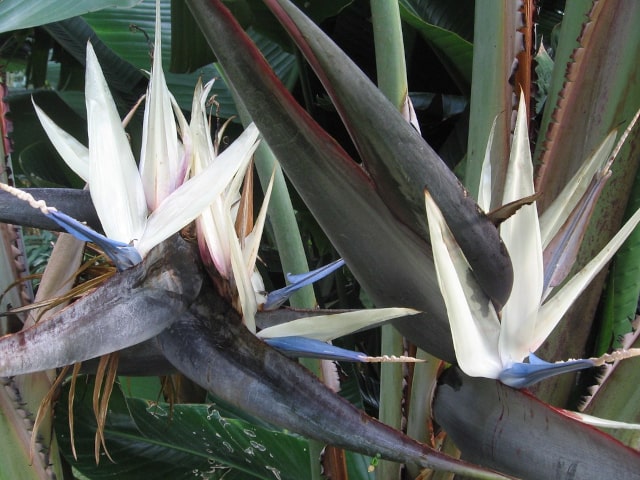
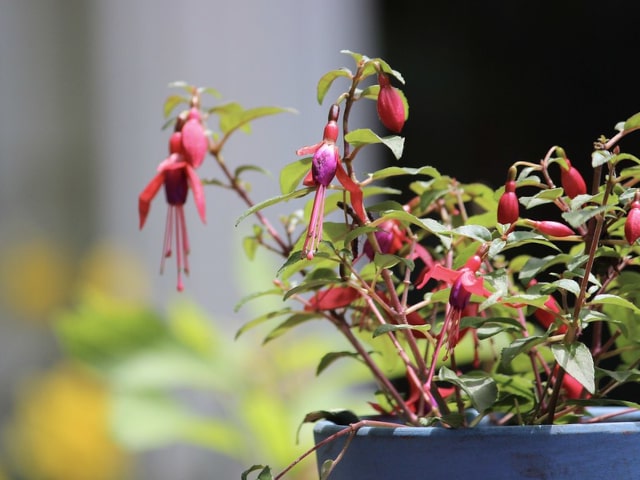
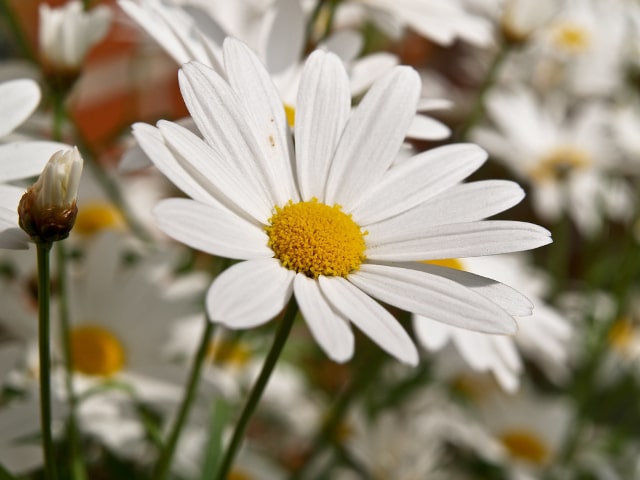
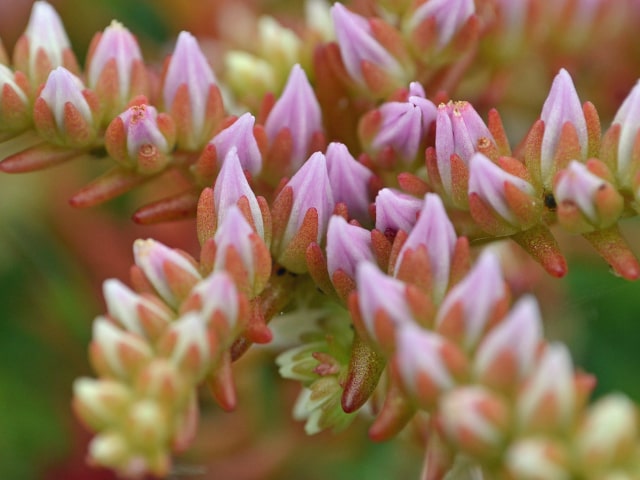
0 Comments